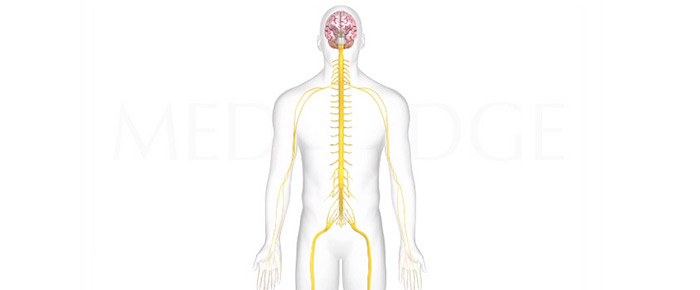The Eclectic Approach: Reducing Discomfort During Neurodynamic Testing

I must confess, I’m what you would call a “nerve-head.” My interest in neurodynamic testing began over a decade ago when I took a combo course of Explain Pain and The Sensitive Nervous System. Since then, I have been passionate about assessing and treating neurodynamic dysfunction. Like many modern manual therapy clinicians, as my approach evolved, I began to rethink my assessments and treatments, especially regarding the discomfort often associated with neurodynamic testing.
Is Patient Discomfort Really Justified?
Before my paradigm shift, I frequently used neurodynamic tensioners more than sliders. Even though my patients were experiencing “lightning shock” sensations down their arms, I considered the discomfort justifiable as long as they felt and moved better in the long run. However, The Eclectic Approach, which uses modern pain science as its foundation, suggests that all tests, movements, and positions, including neurodynamic testing, are inputs to the central nervous system (CNS).
In doing its job, the CNS can make one of two decisions:
- red light an input as being dangerous
- green light an input as being safe
These judgments are based on experience, beliefs, current health, and many other variables. Since most patients are in a “CNS lock-down” about their current complaint, the last thing you want to do is reproduce it, or use a treatment or movement that still has a perceived threat associated with it.
Limiting the Use of Neurodynamics
My new paradigm involves using neurodynamic testing movements as pre- and post-tests only. Moving away from causing discomfort in treatments, I started using neurodynamics under the following conditions:
- Symptoms did not centralize with repeated loading of the spine
- Peripheral complaints were chronic in nature, resembling tendinosis or chronic sprains
Assessing Movement Prior to Neurodynamic Testing
Before conducting neurodynamic testing for dysfunction, you should ensure that:
- Repeated motions of the spine centralize the complaints
- Remember passive overpressure in the directional preference
- All of the joints in the periphery have the capacity for normal movement passively
The last point is important. I have been fooled in the past when using neurodynamic movement testing for a “positive” movement for median bias was limited and painful or reproduced symptoms. It turned out that the shoulder had limited passive range of motion in external rotation.
Also, when joints have full motion, you know the patient is a Rapid Responder. If all joints have full and pain-free passive motion in one session, there should be some sort of novel input you can introduce to the system to make the neurodynamic test have full and pain-free motion.
Non-Threatening Treatment Techniques
My go-to treatments for minimizing discomfort during neurodynamic testing include:
- Repeated loading of the spine in the directional preference to centralize the complaints
- IASTM along the neural container (first in neutral, then with movement if needed)
- EDGE Mobility Band compressive wrapping to modulate stretch perception
- Joint mobs of the periphery to introduce novel input along the entire chain and reduce threats
In summary, many of our treatments have the potential to be uncomfortable and downright painful at times. When a patient comes to you in pain, why cause them more discomfort? Instead, treat them using novel, non-threatening techniques and watch their mobility improve rapidly. Your patients can kiss post-treatment soreness good-bye!
Embracing a Patient-Centered Approach in Neurodynamic Testing
Adopting a patient-centered approach in neurodynamic testing not only enhances the effectiveness of your treatments but also significantly improves patient satisfaction. By focusing on non-threatening, novel techniques, we can minimize discomfort and maximize outcomes, ensuring that patients feel safe and supported throughout their therapy journey. As clinicians, our goal should always be to reduce pain, not add to it. By rethinking our methods and integrating modern pain science into our practice, we can transform how we approach neurodynamic testing and make the entire experience more positive for our patients. Embrace this shift, and you’ll not only help your patients achieve pain-free movement but also build stronger, trust-based relationships that encourage long-term wellness and recovery.

